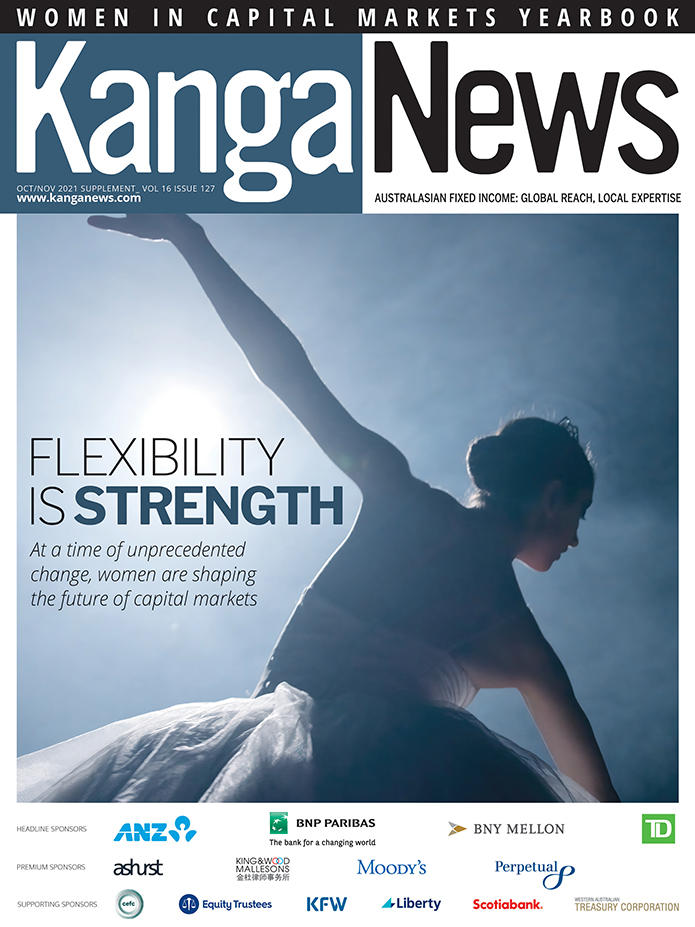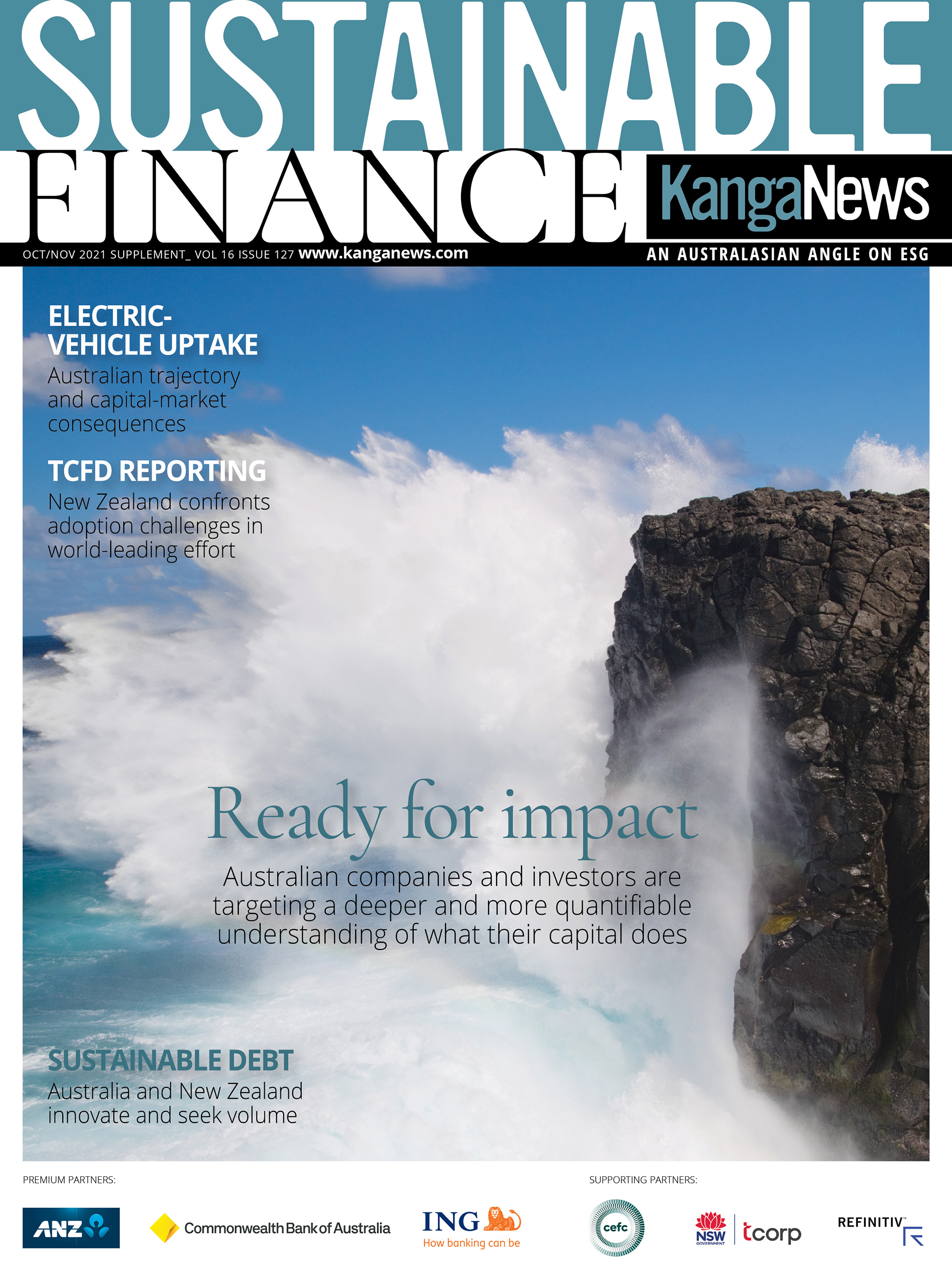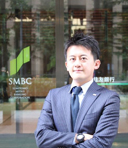
Japan-origin TLAC in Australia: an issuer view
On 23 March Sumitomo Mitsui Financial Group (SMFG) printed A$1 billion (US$764.6 million) of five-year notes in a SEC-registered total loss absorbing capacity (TLAC)-compliant benchmark issue. The transaction is the first Australian dollar Asian-origin TLAC-eligible deal and SMFG is the first-ever non-US-domiciled issuer to print a deal in Australian dollars in SEC format.
Final books were A$1.4 billion according to official data. Both tranches saw Asian and Australian take up and interest from real-money accounts (see table below).
SMFG deal distribution data
|
FRN |
Fixed | |
|---|---|---|
|
Geography |
||
|
Australia |
23 |
53 |
|
Asia |
72 |
40 |
|
EMEA |
5 |
6 |
|
US |
1 |
|
|
Type |
||
|
Asset managers |
22 |
61 |
|
Banks/private banks |
78 |
23 |
|
Insurers/pension funds |
14 |
|
|
Central banks/sovereign wealth funds |
2 |
Source: Sumitomo Mitsui Financial Group 4 April 2017
In the wake of the deal’s pricing, SMFG’s Tokyo-based senior vice president, debt strategy and issuance group corporate treasury department, Atsushi Ouchiyama, delves deeper into the transaction, sharing issuer insights into strategy, pricing and key investor-interest points.
KangaNews What drove the timing of this transaction, how did you settle on market selection, and what provided you with comfort that you would achieve a pleasing outcome in Australian dollar SEC-registered format?
Also, as a global systemically important bank, SMFG must comply with TLAC regulation and this means we must build up TLAC-eligible bonds to meet this requirement without delay. After having issued SEC-registered US dollar-denominated TLAC bonds and euro-denominated TLAC bonds out of our EMTN programme, we have been looking for another market that fits our policy and objectives.
Now that the Sydney branch of our subsidiary, Sumitomo Mitsui Banking Corporation (SMBC) is the biggest branch in terms of assets in our Asian franchise, our funding requirement in Australian dollars was also a consideration. All the funds raised by issuing SEC-registered Australian dollar TLAC notes were delivered to SMBC’s Sydney branch. Thus, we could achieve our objectives of diversifying into TLAC investors in Australia as well as meeting the long-term funding requirement of our Sydney branch.
KangaNews How did the final volume meet with your initial expectations and how would you characterise the ‘pricing’ experience in the Australian market?
The pricing level was also carefully considered. After meeting with investors in Australia, we felt it was important to enter the market with the right pricing level to attract investors. We also found the Australian dollar credit market and its investors are very sophisticated and relative value was carefully considered.
KangaNews Did you meet with local investors prior to launch? What were the top three questions they asked you around Japanese bank holding company and TLAC-eligible debt?
We consider debt investor relations to be an intrinsic component of our funding strategy. In the Australian market, we have been supported by SMBC Sydney Branch’s Sydney-based head of Australian funding, Matthew Heddou, and the financial-institutions coverage team.
The top three questions related to Japanese bank holdco/TLAC debt we were asked by investors were the following. What are the SMFG’s TLAC funding plans going forward and what is the amount of TLAC buffer? Related to point of nonviability, what is SMFG’s resolution regime and how does it relate to pricing? What are your past experiences in terms of the Japanese government’s equity injection into Japanese banks?
KangaNews Did local investors ask about the relationship between SMFG and SMBC, given the fact that only the latter has previously issued in the Australian market?
KangaNews How did you go about price discovery for this transaction given the foreign currency and relatively untested nature of the product with domestic investors?
Separately, we looked at SMFG’s US dollar-denominated TLAC bonds which we issued in January this year. We also took into consideration the secondary level of US banks’ SEC-registered Australian dollar bonds.
As far as I am aware, the recent tier-three transaction into Australia by BNP Paribas in EMTN format was not used by local investors as a comp for our transaction.
KangaNews How much TLAC-eligible funding has SMFG raised so far and in which markets and currencies? What is the total amount of TLAC funding you require and what are your estimations around how much of this can be provided by Australian dollars?
We plan to issue similar amount of TLAC bonds annually compared with the fiscal year ending March 2017. We understand continuous access to the market is important and we plan to come back to the Australian market regularly in the future.

WOMEN IN CAPITAL MARKETS Yearbook 2021
KangaNews's annual yearbook amplifying female voices in the Australian capital market.

KANGANEWS SUSTAINABLE FINANCE H2 2021
KangaNews is proud to share cutting-edge information from the global and Australasian sustainable debt market.












